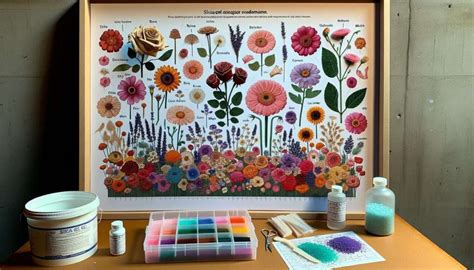Great Stuff: The Ultimate Drying Guide
Great Stuff expanding foam insulation is a popular choice for DIYers and professionals alike, offering excellent sealing and insulation properties. However, its versatility comes with a crucial caveat: understanding its drying time. Improperly dried Great Stuff can lead to messy projects, compromised insulation, and even structural issues. This comprehensive guide will delve into the drying process, addressing common questions and providing expert advice to ensure a successful project every time.
How Long Does Great Stuff Take to Dry?
The drying time of Great Stuff expanding foam insulation isn't a simple answer; it depends on several factors. Generally, Great Stuff requires 24 to 72 hours to fully cure. However, this is just a guideline. Several factors significantly influence drying time:
- Humidity: High humidity slows down the curing process considerably. In humid climates, expect the drying time to extend towards the upper end of the range, or even longer.
- Temperature: Cooler temperatures also hinder the curing process. Ideal drying temperatures are between 60°F and 75°F (15°C and 24°C). Below 50°F (10°C), drying can take significantly longer.
- Thickness of Application: Thicker applications of Great Stuff require longer drying times than thinner ones. A thicker layer traps more moisture, extending the curing period.
- Type of Great Stuff: Different formulations of Great Stuff, such as low-expansion or high-expansion foams, might have slightly varying drying times. Always consult the specific product instructions.
- Ventilation: Good ventilation helps to accelerate the evaporation of moisture during the drying process. Ensure adequate air circulation around the area where the foam has been applied.
What Happens if Great Stuff Doesn't Dry Completely?
Incomplete drying of Great Stuff can lead to several problems:
- Sticky Residue: The foam remains tacky and sticky, making it difficult to work with or clean up.
- Reduced Insulation Value: A wet foam isn't as effective at insulating as a fully cured foam.
- Mold and Mildew Growth: The retained moisture provides an ideal environment for mold and mildew growth, especially in damp areas.
- Structural Weakness: In structural applications, incompletely dried foam may not provide the intended support or strength.
How to Speed Up Great Stuff Drying Time?
While you can't dramatically alter the chemical curing process, you can optimize conditions to encourage faster drying:
- Improve Ventilation: Ensure good air circulation in the area. Open windows and doors if possible.
- Control Humidity: If possible, use a dehumidifier to lower the humidity levels in the environment.
- Maintain Optimal Temperature: Keep the area at a temperature between 60°F and 75°F (15°C and 24°C). Avoid direct sunlight, which can cause the foam to cure too quickly and potentially crack.
How to Tell if Great Stuff is Dry?
A fully cured Great Stuff foam will be firm to the touch and free from any stickiness. It will have a consistent color and texture throughout.
Can I Use a Hair Dryer or Heat Gun to Dry Great Stuff?
While tempting to speed up the process with heat, it's generally not recommended. Applying excessive heat can cause the foam to crack, cure unevenly, and reduce its effectiveness. The curing process is a chemical reaction, not simply drying out moisture.
What Should I Do If My Great Stuff Isn't Drying?
If Great Stuff is taking unusually long to dry, consider the environmental conditions. High humidity and low temperatures are the most common culprits. If the problem persists, consult the manufacturer's instructions or contact their customer service for further guidance.
Is There a Way to Prevent Great Stuff from Getting Wet After Application?
Protecting the applied foam from unexpected moisture after application is key. Consider covering the area with a tarp or plastic sheeting, especially if rain is anticipated. This will ensure optimal curing and prevent potential damage.
This guide provides a comprehensive overview of drying Great Stuff expanding foam insulation. By understanding the factors influencing drying time and following the recommendations provided, you can ensure your projects are successful and yield the best possible results. Remember, patience is key; allowing sufficient time for proper curing will prevent issues and ensure the long-term effectiveness of your insulation.

